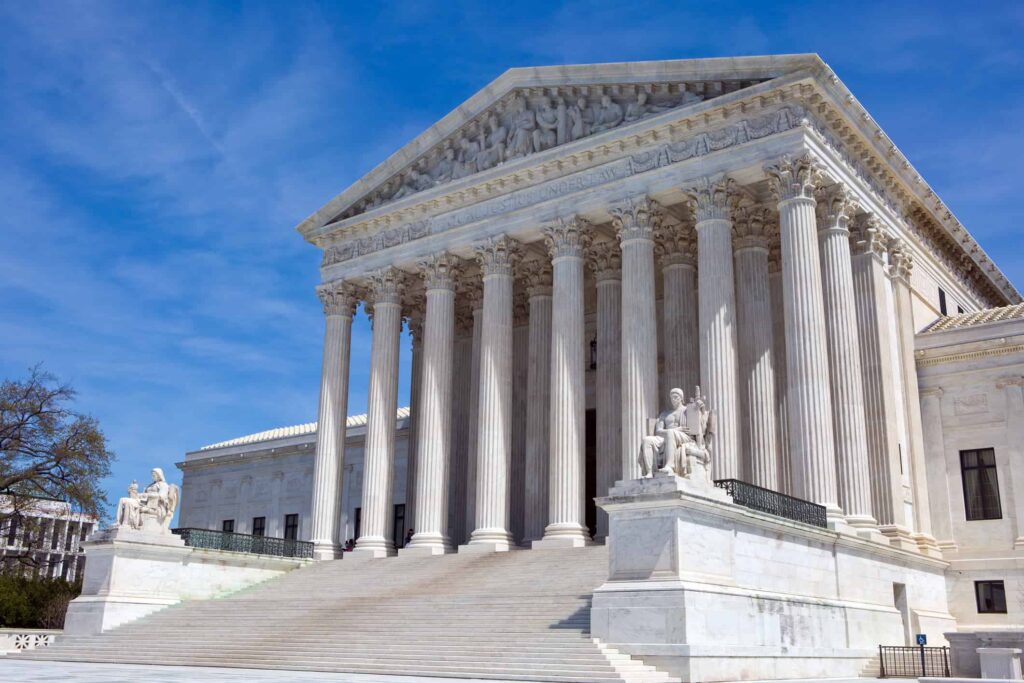In case you missed it, and the speed at which Forbes magazine caved into the cancel mob makes it likely you did, veteran environmentalist and exquisitely-woke former Sandinista-era leftist Michael Shellenberger recanted his former climate alarmism and issued an apology for the harm it has done to society, especially the generation of children being terrified with visions of climate apocalypse. Last week we focused on the implications of the episode rather than Shellenberger’s factual points. But we think it will also be helpful to go through his list of supposedly censorship-worthy claims and weigh the evidence behind them. Today we start with his claim that “Fires have declined 25% around the world since 2003.” We've had a lot to say about wildfires (which you can see collected at this link). Our assessment of his statement: Likely True.
A scientific paper on global wildfire measurement published in 2016 gives not only a detailed overview of the evidence of declining burn area in the past few decades, but also comments on the puzzle that public perception is so far out of step with reality.
Regarding global burn area the authors say:
The availability of satellite data now allows a more consistent evaluation of temporal patterns in area burned. Thus, from an analysis based on MODIS burned area maps between 1996 and 2012, Giglio et al. present some rather notable outcomes. In contrast to what is widely perceived, the detected global area burned has actually decreased slightly over this period (by 1%/yr). A more recent global analysis by van Lierop et al. [36], based primarily on nationally reported fire data supplemented by burned area estimates from satellite observations, shows an overall decline in global area burned of 2%/yr for the period 2003–2012.
Summarizing, the burn area decreased by about 1% per year from 1996 to 2012, and by 2% per year from 2003 to 2012. Extend either trend forward and it means the reduction in burn area will be somewhere between 1% and 2% per year from 2003 to 2019, which gives us an approximate total reduction of between 18% to 40% over the interval. So 25% sounds reasonable.


